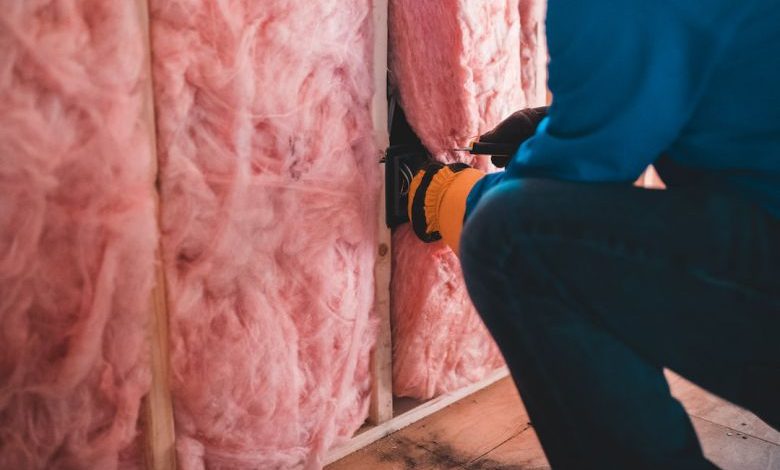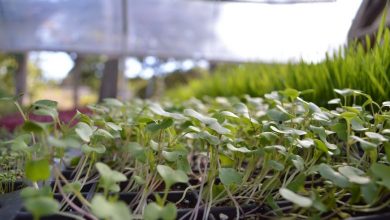What Materials Are Best for Home Insulation?

When it comes to keeping our homes warm in the winter and cool in the summer, insulation plays a crucial role. Proper insulation can significantly reduce energy consumption and improve comfort levels. However, with so many insulation materials available on the market, it can be challenging to determine which ones are the best for home insulation. In this article, we will explore some of the most popular insulation materials and their benefits.
1. Fiberglass Insulation
Fiberglass insulation is one of the most common and widely used insulation materials. It consists of tiny glass fibers that trap air pockets, providing excellent thermal resistance. Fiberglass insulation is relatively affordable and easy to install, making it a popular choice among homeowners. Additionally, it is non-combustible and resistant to moisture, mold, and pests. However, fiberglass insulation can be itchy and irritating to the skin, so proper protective clothing should be worn during installation.
2. Cellulose Insulation
Cellulose insulation is made from recycled paper products, such as newspapers and cardboard. It is an environmentally friendly option that offers excellent thermal performance. Cellulose insulation is treated with fire retardants to improve its resistance to flames. It is also resistant to pests, mold, and moisture. One of the main advantages of cellulose insulation is its ability to fill gaps and voids, providing better coverage and reducing air leakage.
3. Spray Foam Insulation
Spray foam insulation is a versatile material that expands when applied, filling every nook and cranny. It provides an airtight seal, preventing air leakage and reducing energy loss. Spray foam insulation has a high R-value, which measures its thermal resistance. It is also an effective sound barrier, reducing noise pollution from outside. However, spray foam insulation can be costly and requires professional installation due to its application process.
4. Mineral Wool Insulation
Mineral wool insulation, also known as rock wool or slag wool, is made from volcanic rock, steel slag, and other industrial byproducts. It is a dense and durable material that offers excellent fire resistance. Mineral wool insulation is water repellent and does not support the growth of mold or pests. It also provides good sound absorption and thermal insulation. However, mineral wool insulation can be more expensive than other options and may require specialized installation techniques.
5. Polystyrene Insulation
Polystyrene insulation, commonly known as Styrofoam, is a rigid foam board that offers high thermal resistance. It is lightweight and easy to handle, making it suitable for both new construction and retrofit projects. Polystyrene insulation is moisture resistant and does not degrade over time. It is also resistant to pests and mold. However, polystyrene insulation is not environmentally friendly as it is made from petroleum-based products. Proper safety precautions should be taken during installation due to its flammability.
Choosing the Best Insulation Material for Your Home
When selecting the best insulation material for your home, several factors should be considered. The climate and location of your home, as well as your budget and personal preferences, play a significant role in determining the most suitable option. Consulting with a professional insulation contractor can help you make an informed decision based on your specific needs.
In conclusion, the best insulation material for your home depends on various factors. Fiberglass insulation, cellulose insulation, spray foam insulation, mineral wool insulation, and polystyrene insulation are all popular choices with their own advantages and disadvantages. It is essential to consider factors such as cost, installation requirements, thermal resistance, and environmental impact when selecting the right insulation material for your home. By ensuring proper insulation, you can create a more energy-efficient and comfortable living environment.




